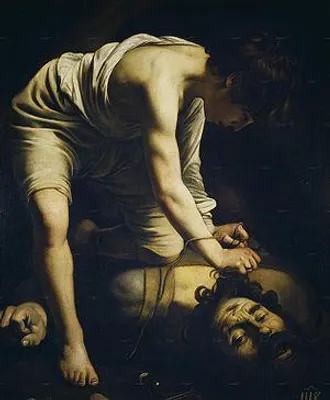
History Study Guide (Ancient Egypt to Ancient Hebrews)
Ancient Egypt to Ancient HebrewsAncient Egypt to Ancient HebrewsAncient Egypt to Ancient HebrewsAncient Egypt to Ancient HebrewsAncient Egypt to Ancient HebrewsAncient Egypt to Ancient HebrewsAncient Egypt to Ancient HebrewsAncient Egypt to Ancient HebrewsAncient Egypt to Ancient HebrewsAncient Egypt to Ancient HebrewsAncient Egypt to Ancient HebrewsAncient Egypt to Ancient HebrewsAncient Egypt to Ancient HebrewsAncient Egypt to Ancient HebrewsAncient Egypt to Ancient HebrewsAncient Egypt to Ancient HebrewsAncient Egypt to Ancient HebrewsAncient Egypt to Ancient HebrewsAncient Egypt to Ancient HebrewsAncient Egypt to Ancient HebrewsAncient Egypt to Ancient HebrewsAncient Egypt to Ancient Hebrews
published on December 16, 2011
